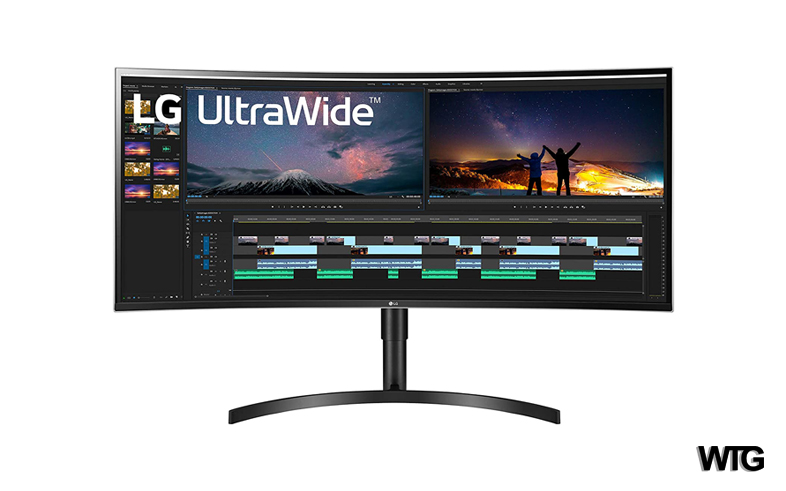
Best 38 inch Monitors – Ultimate Buying Guide
Looking for the best 38 inch monitor? You’re in the right place. Computer monitors are currently in a similar trajectory as TVs right now. Everyone wants or has a big screen TV, so it only makes sense to have a “big screen” 38 inch monitor. There are plenty of benefits for productivity and entertainment with a 38 inch screen, let’s find out specifically what those are.
- Best 38 inch Monitors – Ultimate Buying Guide
- What Are the Benefits of a 38 inch Monitor?
- Best 38 inch Monitor 2023 – Quick List
- Best 38 inch Monitor 2023 – Reviews
- 1. LG 38WN75C-B – Best Overall
- 2. LG 38GL950G-B – Best LG Gaming
- 3. ViewSonic VP3881 – Best ViewSonic
- 4. Acer Predator X38 – Best Acer Gaming
- 5. Alienware AW3821DW – Best Alienware Gaming
- 6. BenQ EW3880R – Best BenQ
- 7. Acer CB382CUR – Best Acer
- 8. Dell U3821DW – Best Dell
- 9. HP Z4W65A4 – Best HP
- 10. MSI MEG381CQR – Best MSI
- Beginner’s Guide to 38-Inch Monitors
- How to Choose the Best 38-Inch Monitor
- 38-Inch Monitor Key Factors to Consider
- 1. What kind of panel technology should you purchase?
- 2. How high of a screen resolution should you get?
- 3. What do you need in terms of picture quality on your monitor?
- 4. What gaming features do you need for your monitor?
- 5. What kind of connectivity and adjustability do you need on your monitor?
- 38-Inch Monitor FAQs
What Are the Benefits of a 38 inch Monitor?
Once you purchase and setup a 38 inch Monitor, the large display is pretty much instantly appreciated. Everything is bigger and better. Working on projects becomes more of an enthusiastic passion and less of a chore. Projects and tasks that involve photos and graphics are especially enhanced. You’ll find yourself thoroughly enjoying reading/writing your emails and browsing the web. You will be multi-tasking with multiple windows like a pro. If you have a webcam, the person you’re talking to seems like they are in the same room with you. You can easily be 2 to 3 times more immersed in your favorite tv shows, movies, and pc games. It’s a game changer.
Best 38 inch Monitor 2023 – Quick List
- LG 38WN75C-B – Best Overall
- LG 38GL950G-B – Best LG Gaming
- ViewSonic VP3881 – Best ViewSonic
- Acer Predator X38 – Best Acer Gaming
- Alienware AW3821DW – Best Alienware Gaming
- BenQ EW3880R – Best BenQ
- Acer CB382CUR – Best Acer
- Dell U3821DW – Best Dell
- HP Z4W65A4 – Best HP
- MSI MEG381CQR – Best MSI
Best 38 inch Monitor 2023 – Reviews
1. LG 38WN75C-B – Best Overall
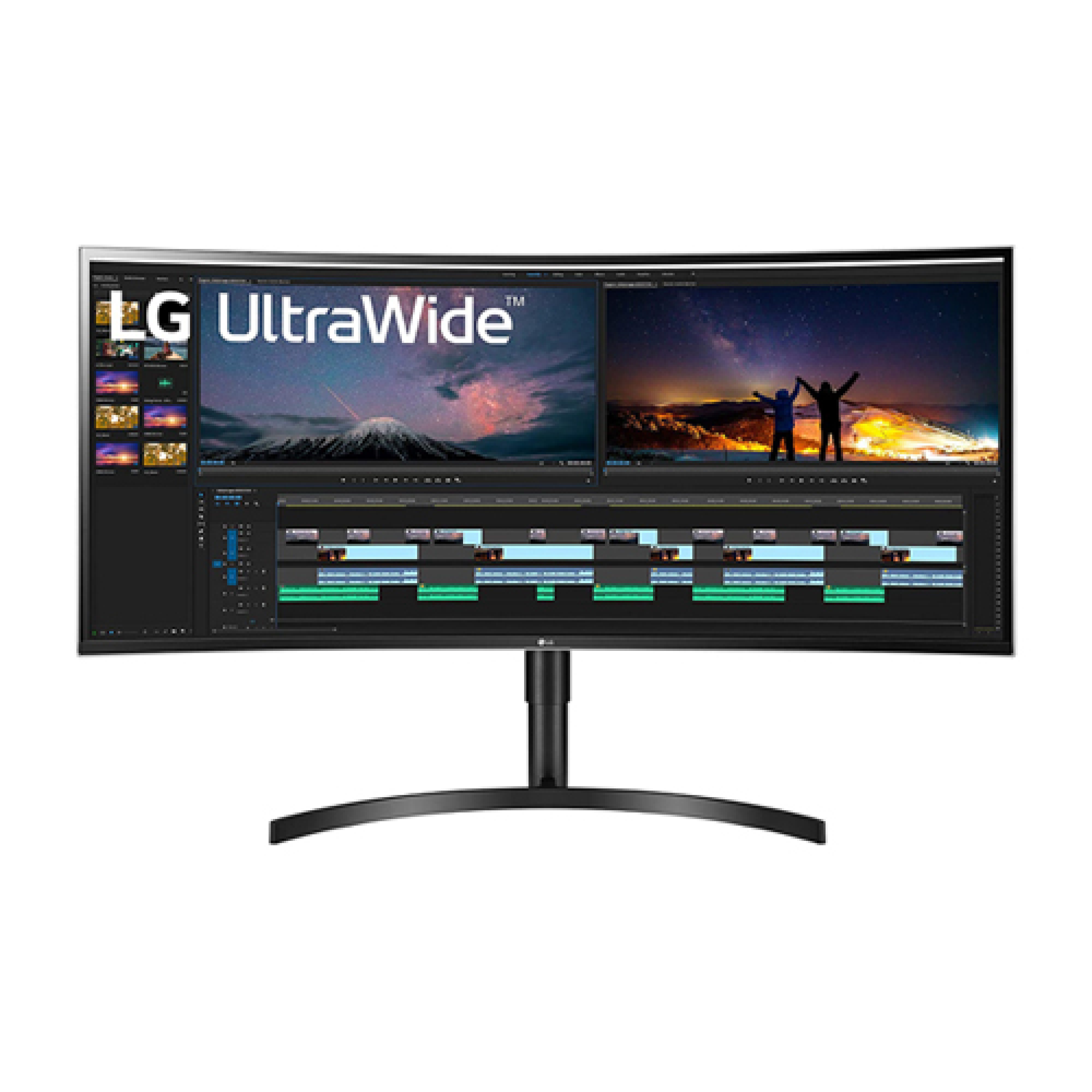
LG is world renowned for their high quality displays which includes monitors and tvs. The LG 38WN75C-B is a perfect testament to LG’s dominance, especially when it comes to it’s versatility. Just imagine yourself working on video editing, a design project, or massive a spreadsheet, then kicking back and watching your favorite movie and tv shows on a massive screen.
2. LG 38GL950G-B – Best LG Gaming
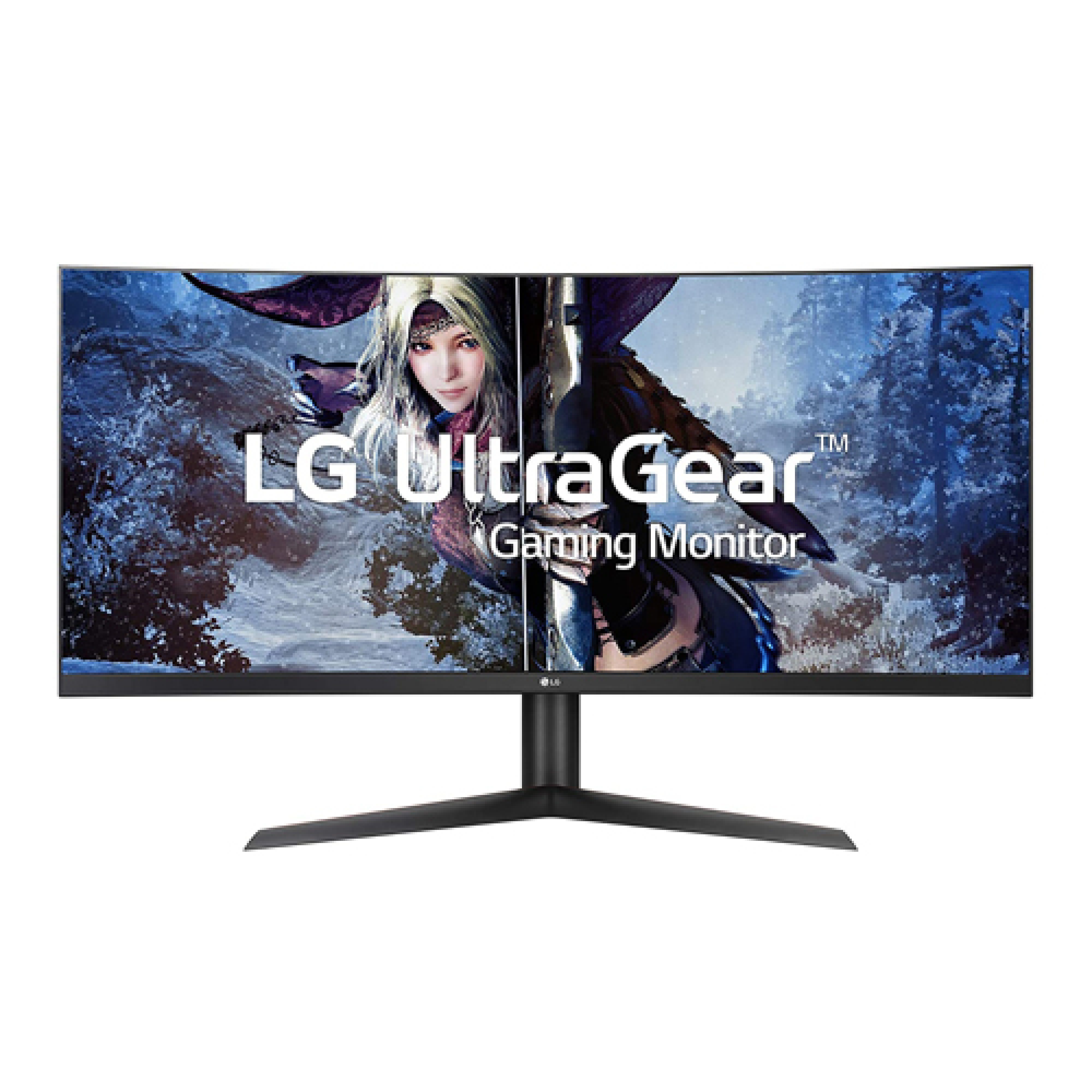
If you want to utilize a 38 inch monitor for some serious gaming, LG has made it’s way to the top again with the LG 38GL950G-B. It has a Nano IPS display that delivers an amazing DCI-P3 98% of color coverage. Combine that with a 144hz refresh rate and a 1ms response time, and you have one heck of a gaming monitor.
3. ViewSonic VP3881 – Best ViewSonic
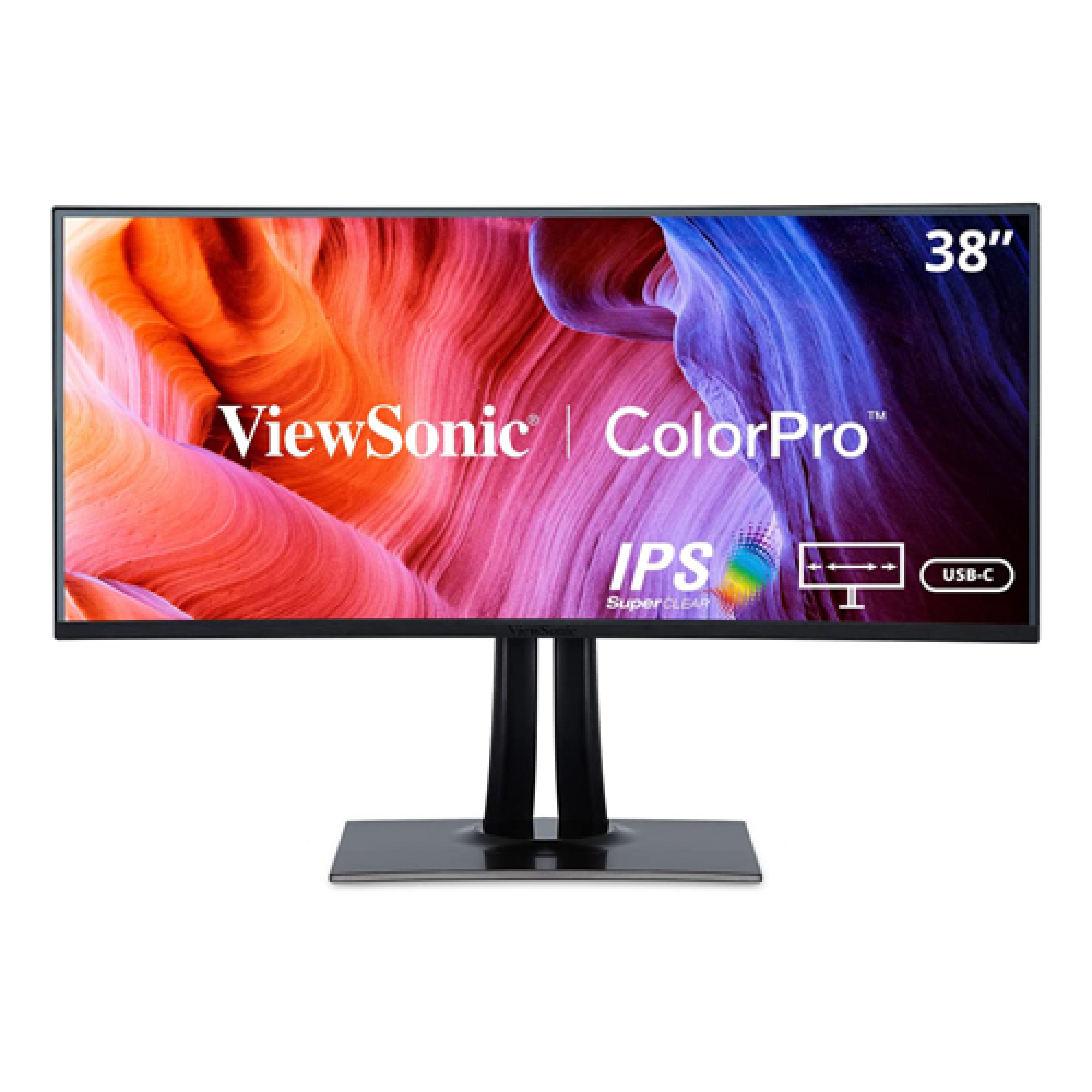
If you’re a graphic designer, photographer, video editor, or just simply someone who appreciates high quality visuals and color, then the ViewSonic VP3881 is for you. The sRGB coverage is a staggering 100% with Rec 709.
4. Acer Predator X38 – Best Acer Gaming
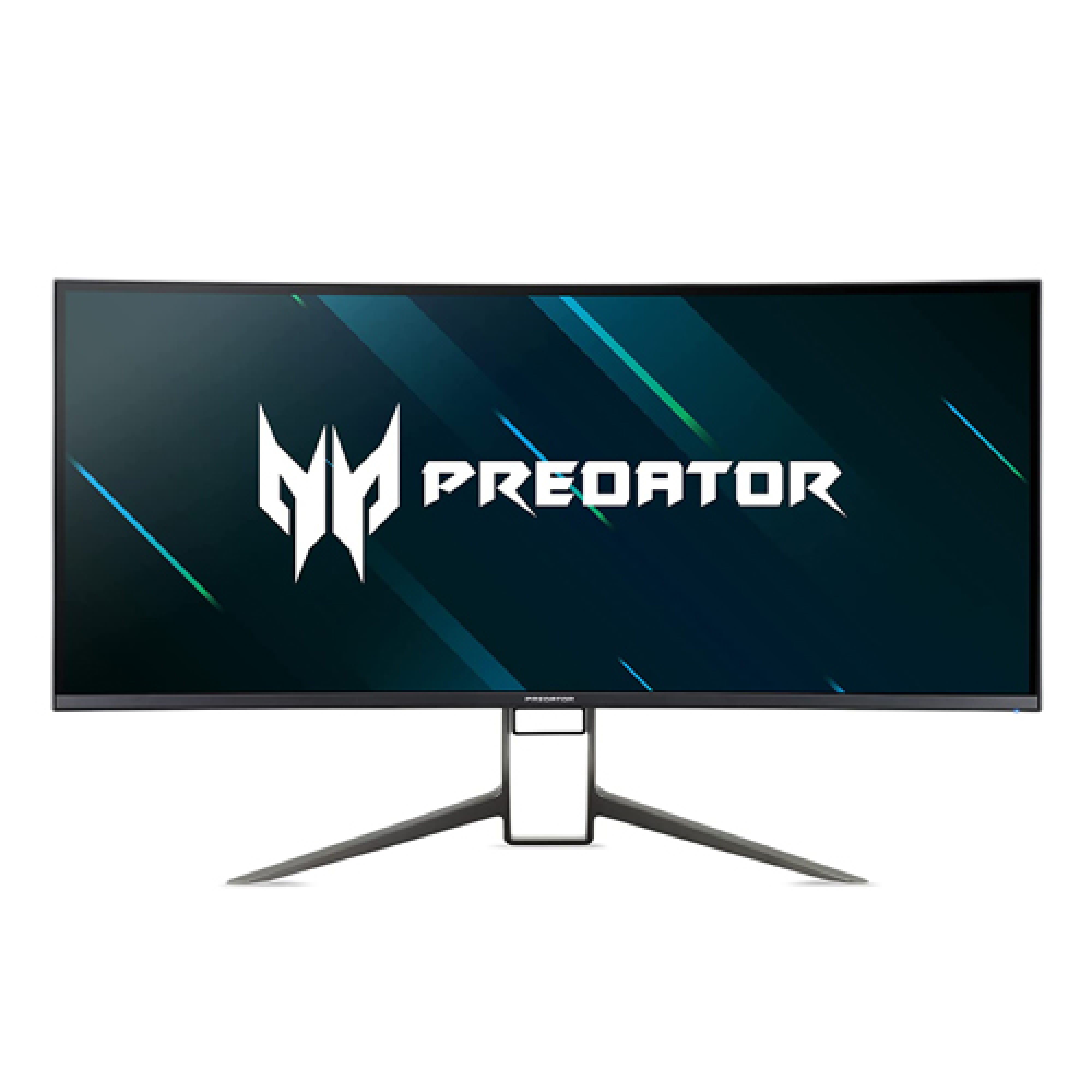
The Acer Predator X38 has some pretty compelling features such as a UWQHD+ resolution of 3840 x 1600. That’s essentially 4K, which is great for gaming and streaming your favorite flicks. The screen is also considerably curved with a 2300R curvature. The curved display really is more immersive than a standard monitor, and it also reduces eye strain. Oh, and the refresh rate supports up to 175hz, not bad… not bad at all.
5. Alienware AW3821DW – Best Alienware Gaming
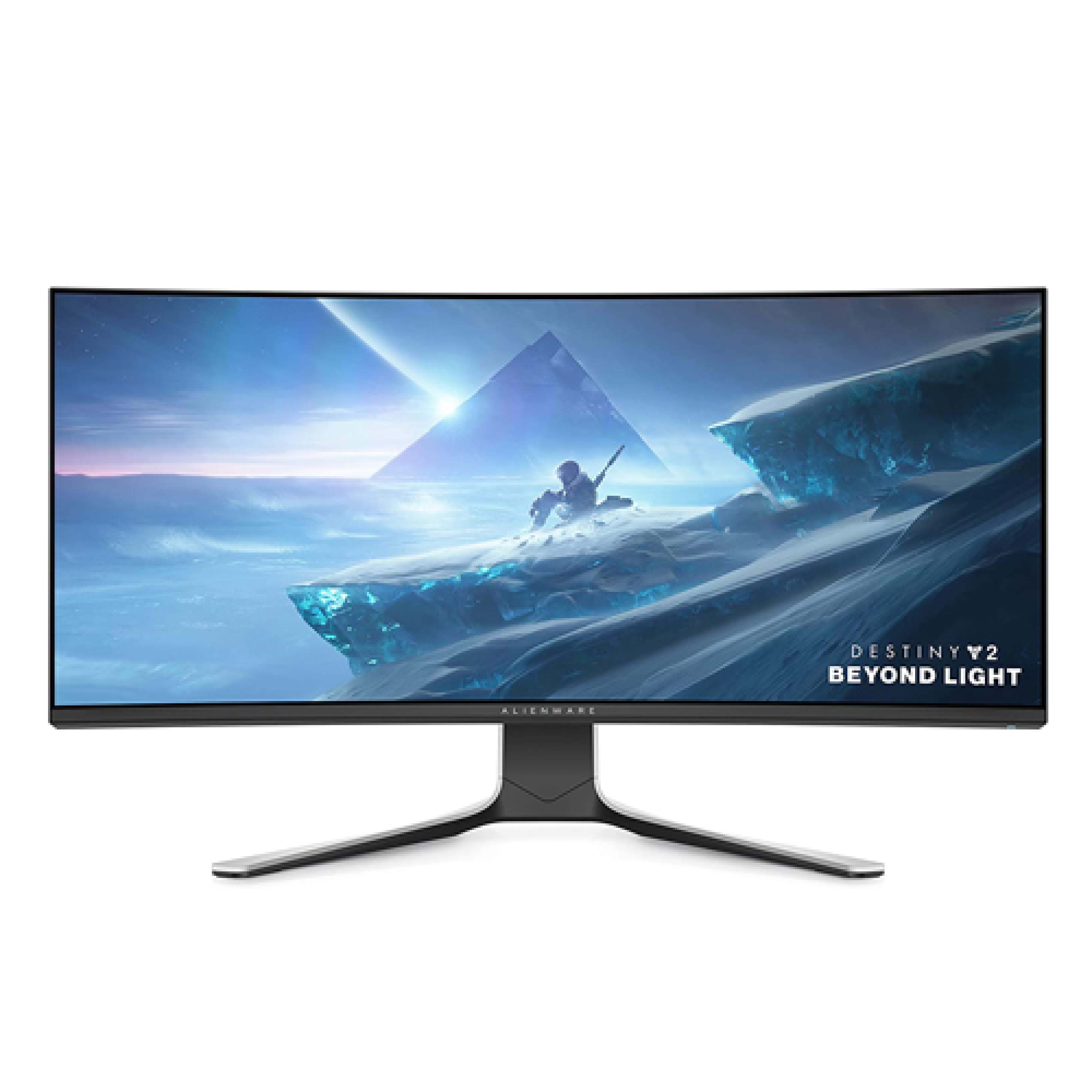
The Alienware AW3821DW is actually fairly comparable to the Acer Predator X38, which shows you how well Acer is currently competing. Usually Alienware is considered the “gold standard” for pc gaming products, and it still is with the AW3821DW. It has a similar UWQHD resolution of 3840 x 1600 and a 2300R curvature screen. One differentiating factor is at the time of writing this review the Alienware AW3821DW is currently considerably lower priced. A premium display with a discount price is hard to beat.
6. BenQ EW3880R – Best BenQ
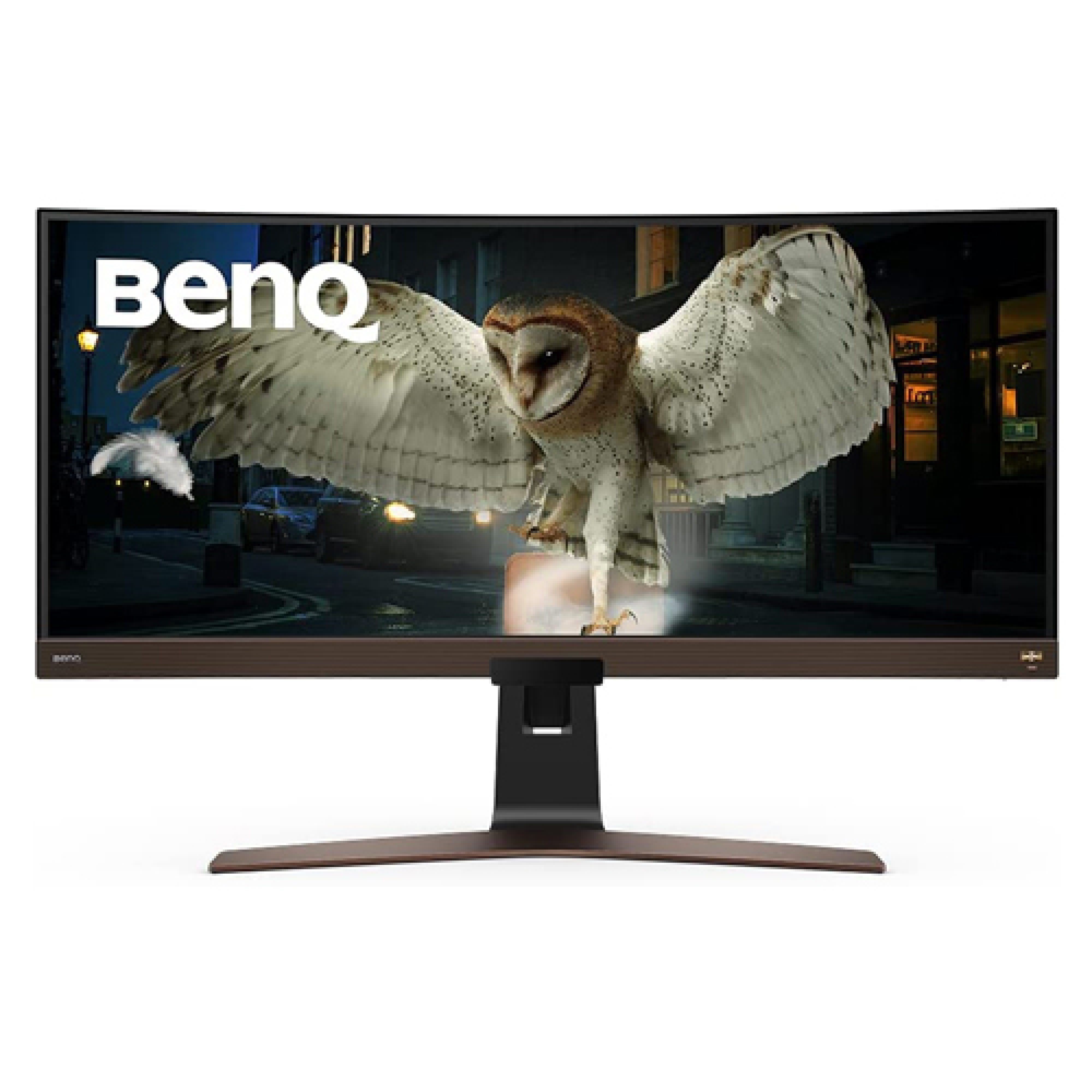
BenQ is known for producing highly versatile monitors as well as focusing on design for students and professionals. The BenQ EW3880R is another great example of that with a killer combination of a WQHD resolution, curved screen, 95% DCI-P3, and built-in speakers that even include a 8w subwoofer.
7. Acer CB382CUR – Best Acer
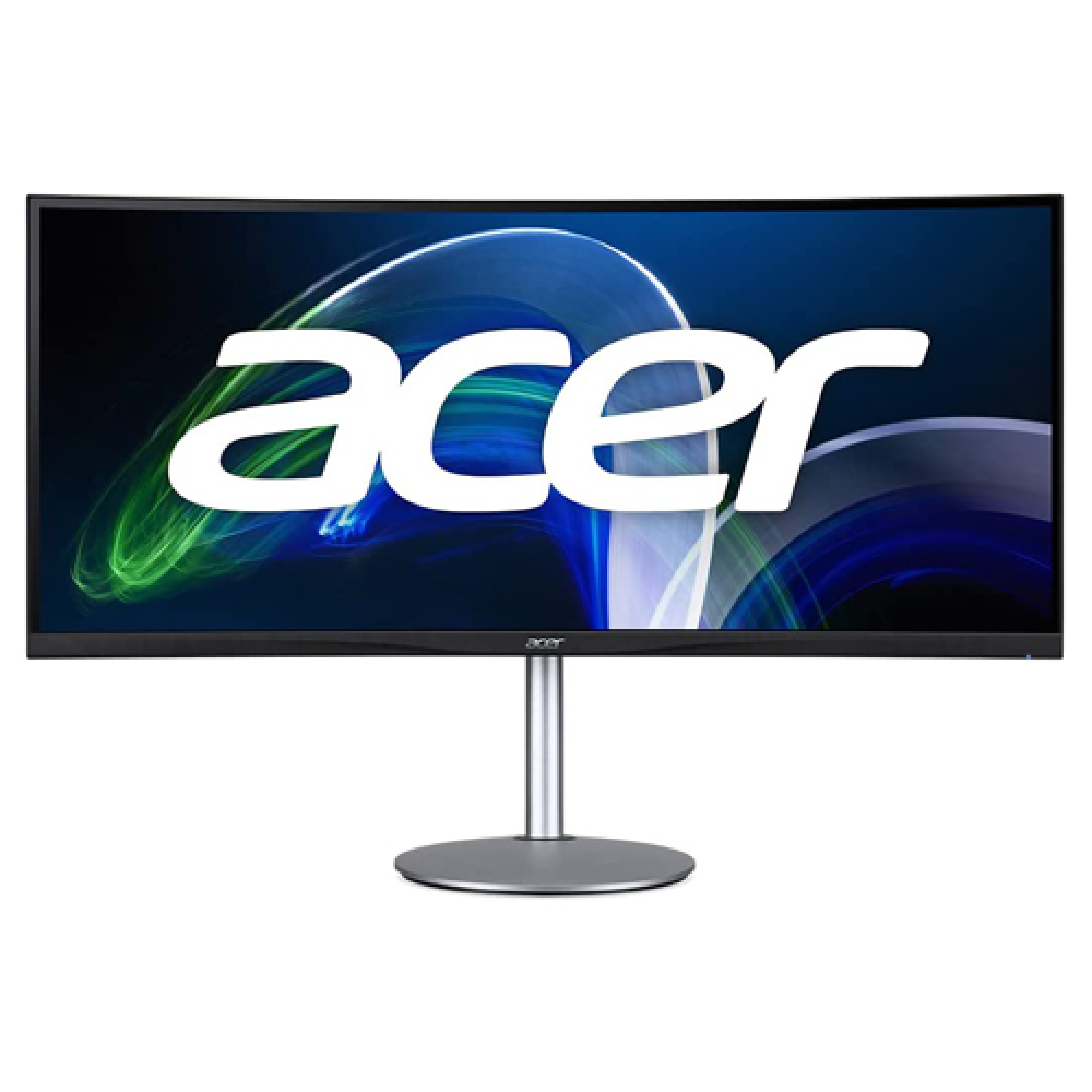
If you love Acer products but don’t necessarily want a gaming monitor, than the Acer CB382CUR is probably what you’re looking for. It has many of the desirable features of the Acer Predator X38 like a 2300R curved screen and UWQHD+ resolution. You can easily multi-task with the expansive display, with multiple programs running a the same time. Additionally, just about everything you do like browsing the web, looking at photos, and reading emails is enhanced thanks to the large 38 inch screen.
8. Dell U3821DW – Best Dell
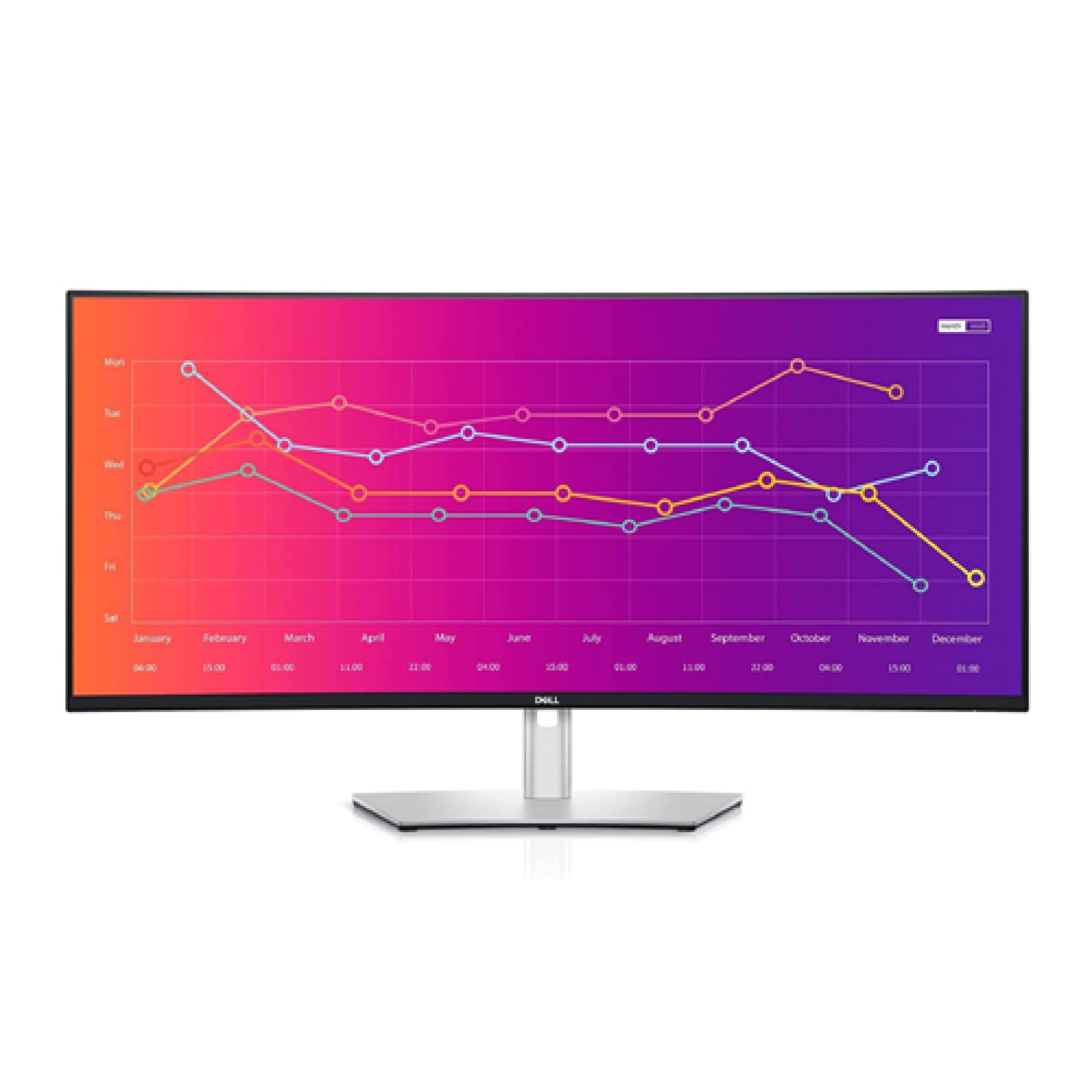
Dell is very well known for their pc products that usually are targeted towards business and office related productivity. The Dell U3821DW continues that trend in a very big way, especially with it’s large 38 screen. The monitor is surprisingly highly adjustable allowing you to adjust the height, slant, tilt, and swivel. This is definitely useful to get the perfect angle for long work sessions. There’s USB-C connectivity which means that you can plug in compatible devices to charge or utilize a second screen.
9. HP Z4W65A4 – Best HP
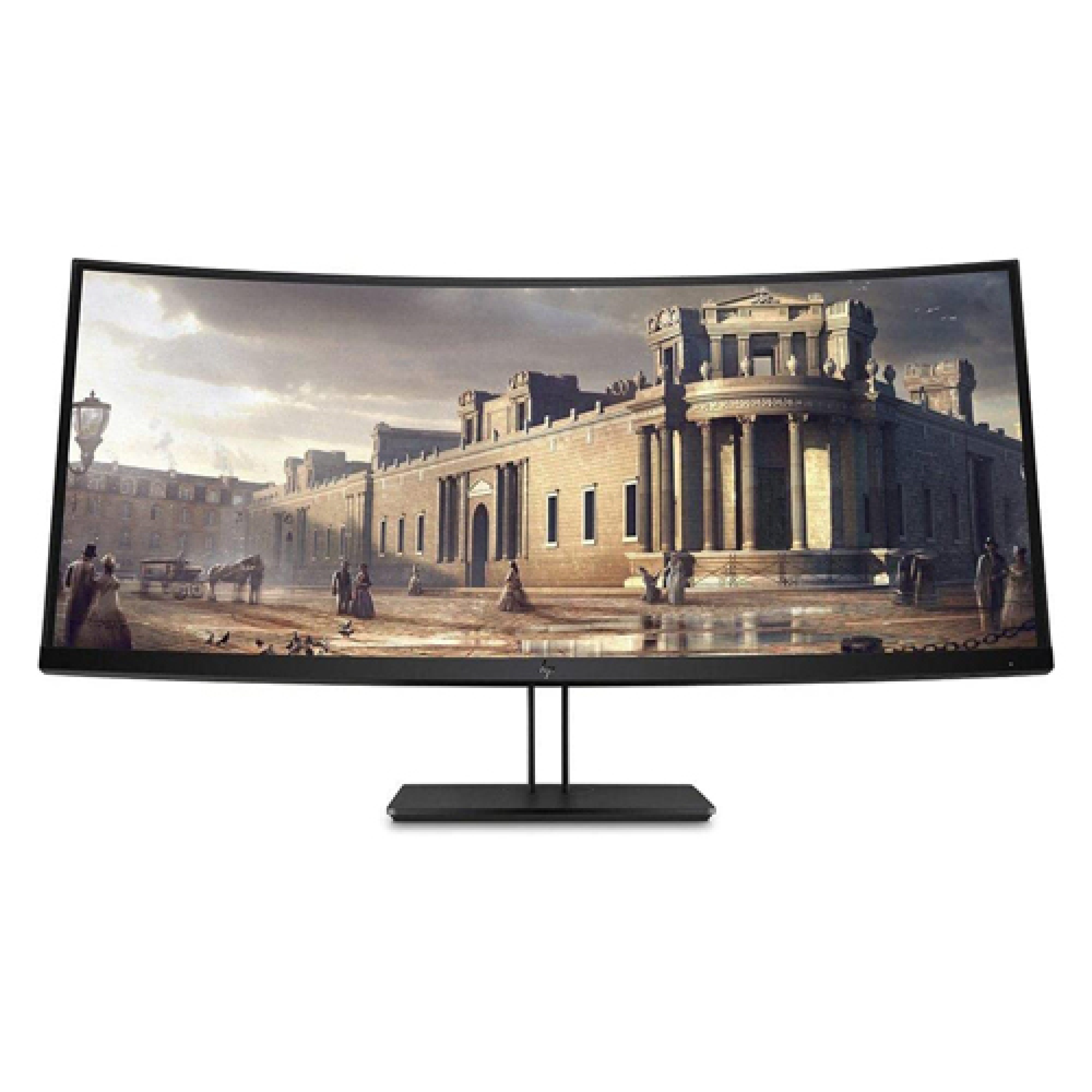
HP is about as well known as it gets in regards to pc products. The HP Z4W65A4 is another great testament to how HP has continued to be successful. It’s very competitive within this list with it’s 2300R curvature and 4K, 3840 x 1600 resolution. The bezels are actually pretty slim as well, making it great for a dual monitor setup.
10. MSI MEG381CQR – Best MSI
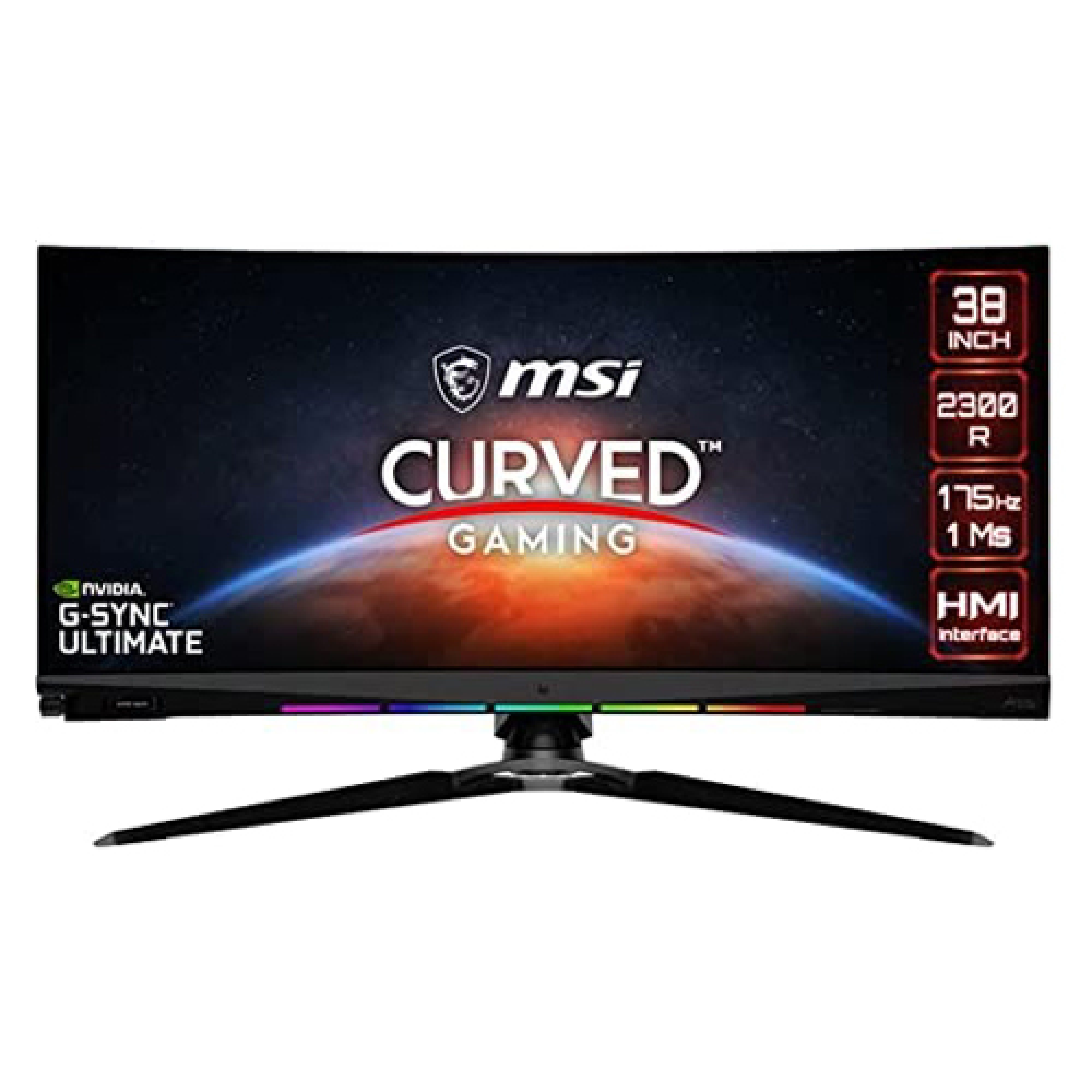
Last but not least is the MSI MEG381CQR which is deservedly classified as a gaming monitor. The refresh rate is super quick at 175hz and the Nvidia G-Sync keeps the high-paced action in line and lag free.
Beginner’s Guide to 38-Inch Monitors
What Are 38-Inch Monitors?
Like all monitors, including the finest 40-inch computer monitors, a 38-inch monitor is a device that connects directly to your computer or laptop so you can see what you’re doing while using your computer. Monitors connect to your computer using a display cable like an HDMI or DisplayPort cable.
Computer monitors commonly use a variety of different display technology to reproduce the images and information coming from your computer. We’ll discuss these further in this guide, but most 38-inch monitors are either LCD or LED displays that use an IPS panel.
38-Inch Monitors vs Traditional Monitors
When it comes to core functionality and purpose, 38-inch monitors are no different than traditional monitors. They simply perform the function of displaying information from your computer so you can clearly see what you’re doing.
However, there are some stark differences between 38-inch monitors and most other displays. For starters, virtually all 38-inch monitors are considered ultrawide monitors. This means they offer a 21:9 ultrawide aspect ratio, which means you get a lot more width than a standard display.
With ultrawide monitors, you’ll be able to see more full-sized windows side-by-side on your screen. This makes 38-inch monitors incredibly useful for working professionals who need to multitask on a regular basis.
Another difference to note is the fact that most 38-inch monitors offer a curved screen. With more horizontal real estate, seeing everything on your display can be difficult. A curved monitor makes everything easier to see without turning your head.
How 38-Inch Monitors Work
At the simplest level, a 38-inch monitor works by plugging into your computer via one of the display ports. Once the monitor is plugged in, your computer transfers data and visuals directly to the monitor through the display cable you plugged in.
It’s important to note some of the technical aspects of how your 38-inch monitor works, though. Most ultrawide monitors use LCD technology, which stands for liquid crystal display. LCD monitors feature two layers of glass with liquid crystals in between that react to the backlight.
The backlighting for 38-inch displays comes either in the form of cold cathode fluorescent lamps (CCFLs) or light-emitting diodes (LED). In general, ultrawide monitors will more commonly use LED backlighting because of their reliability, long lifespan, and versatility.
Do You Really Need a 38-Inch Monitor?
If you like to have multiple full-size windows open side-by-side while working on your computer, then an ultrawide monitor like a 38-inch display is perfect for you. With screen split functionality and tons of real estate, you’ll be able to use these monitors to work on multiple tasks at once with ease.
If you purchase a 38-inch monitor with a high refresh rate, fast response times, and high screen resolution, then they can also make for good gaming monitors. You’ll likely need to take more time to find the right model, though.
Is a 38-Inch Monitor Worth Buying?
- You Enjoy Multi-Tasking without Multiple Monitors: If you’re looking for a monitor to help you more efficiently multitask, but you don’t want a complicated multi-monitor setup, then a 38-inch monitor is a perfect choice for you. The added screen real estate without the complex setup is a huge benefit for multitaskers.
- You Like Cutting-Edge Technology: If you like the latest and greatest when it comes to display technology, then you would do well with an ultrawide monitor. Their sleek design, curved screen, and high screen resolution radiate a feeling of advanced, cutting-edge technology. Plus, advanced screen split functionality is great for technology lovers.
- You Want a More Immersive Gaming Experience: With a 38-inch curved monitor, you get a much more immersive gaming experience than you would with smaller models. The curved screen gives you a sense of peripheral vision and lessens the amount you need to turn your head to see everything that’s going on around you.
Why a 38-Inch Monitor May Not Be For You
- You’re a Creative Professional: Creative professionals like video editors and artists need the best when it comes to color accuracy and consistent backlighting. Unfortunately, many ultrawide monitors struggle a bit with these things. The issues are noticeable enough for a trained eye, making these monitors less reliable for creative professionals. For creatives, the best computer monitor with a webcam can come in handy to help you collaborate with others.
- You’re on a Tight Budget: Since they offer some of the most advanced technology you can find in computer displays, 38-inch monitors don’t come cheap. If you’re on a budget, you may want to avoid looking at these ultrawide monitors.
- You’re Limited on Desk Space: As you might expect, 38-inch monitors take up a lot of desk space. If you have a small desk or limited desk space, then a 38-inch monitor may not be the best choice for you.
How Long Will a 38-Inch Monitor Last?
If you’re spending a good chunk of change on an ultrawide monitor, then you’ll want to be sure it lasts a good amount of time. Fortunately, most 38-inch options are LED monitors, meaning you’ll get the most life out of them.
According to TechiExpert, you should expect your LED monitor to last you anywhere between 80,000 hours and 120,000 hours of total usage. This usually equates to around 10 to 15 years if you use the monitor eight hours a day.
Of course, using a monitor more will lessen its lifespan. The opposite is true if you use it less. You can also extend your monitor’s lifespan by not using it on the maximum brightness settings and by keeping it in a clean, dust-free environment.
How to Choose the Best 38-Inch Monitor
When it comes time to start looking at different 38-inch monitors available on the market today, you’ll want to go into the purchasing decision with a clear view of what you want and need. Take some time to consider
38-Inch Monitor Key Factors to Consider
The answers to the following questions can help you determine which 38-inch monitor is best for your needs. As you read through the questions, take note of your answers and refer back to them as you start to look at specific monitors.
1. What kind of panel technology should you purchase?
Ultrawide monitors typically use one of two different panel technologies: IPS or VA. These panel technologies describe the types of panels used in LCD monitors. Let’s take a closer look at both IPS panel and VA panel monitors:
- IPS Panel: IPS stands for in-plane switching. These panels are generally considered the best type of LCD display because they create more consistent color reproduction, a better contrast ratio for deeper blacks, and wide viewing angles.Technically speaking, IPS panels align the liquid crystals parallel to the glass plates in the display. The liquid crystals constantly shift in an IPS display, which helps with wide viewing angles and better color reproduction.
- VA Panel: VA stands for vertical alignment. These panels are good all-around panels for ultrawide monitors because they offer much better contrast ratios than IPS monitors. However, they offer narrow viewing angles, which can be problematic for curved monitors.Technically speaking, the liquid crystals in VA panels align vertically between the glass plates in the display.
2. How high of a screen resolution should you get?
A monitor’s screen resolution refers to the number of pixels present in the monitor. A monitor’s resolution is measured by the number of pixels horizontally and the number of pixels vertically. When it comes to 38-inch ultrawides, you have two main screen resolutions: 2560×1080 or 3440×1440.
In general, we recommend always choosing a monitor with a 3440×1440 pixel resolution. This resolution makes everything on the display sharp and detailed, even text. Monitors with a 2560×1080 resolution tend to be more pixelated, especially when it comes to text.
If you’re using your monitor solely for gaming and watching movies, then a 2560×1080 display will work fine. However, it’s likely you’ll also be browsing the web, working, and creating documents with your monitor, which is why a 3440×1440 monitor is better.
Some ultrawide monitors are starting to offer 3840×1600 resolution, but they are rare and much more expensive overall.
3. What do you need in terms of picture quality on your monitor?
With such a large display area, you’ll want to be sure your 38-inch monitor offers immersive image quality. This way, everything looks crisp and clear while you’re working or playing video games.
The following features are what you should consider when it comes to picture quality:
- Color accuracy: Computer monitors with accurate colors produce a more immersive image quality than other models. In general, you should look for a wide color gamut in whatever monitor you purchase. This way, you’ll be able to see more vibrant colors overall.
- Contrast ratio: Your monitor’s contrast ratio refers to the difference between the lights and darks on your screen display. Monitors with high static contrast ratios create deeper blacks that are easier to see while playing video games or watching movies.
- Resolution: Although we already discussed screen resolution, it’s still an important aspect when it comes to image quality. Higher resolution will create a more immersive image quality than lower resolution.
4. What gaming features do you need for your monitor?
If you plan on purchasing a 38-inch monitor for gaming, there are a few key features to consider. These things are important for ultrawide gaming monitors:
- Quick Response Time: Your monitor’s response time refers to the amount of time it takes for your computer to shift between colors. It can also refer to the amount of time it takes for the actions you take with your mouse and keyboard to be mirrored on your display.For gaming, a 1ms response time is the absolute best. However, many ultrawide monitors offer slower response times than this. Anything below a 5ms response time is usually good for gaming.
- Refresh Rate: A monitor’s refresh rate refers to the number of times per second it updates with a new image. This is also sometimes referred to as the monitor’s frame rate.The refresh rate is measured in Hz. The most common rate you’ll see is a 60Hz refresh rate. However, with widescreen monitors for gaming, you’ll want to look for options that offer anywhere from a 100Hz refresh rate to a 120Hz refresh rate for the best results.
- Variable Refresh Rate: Many gaming monitors offer variable refresh rate, either in the form of Nvidia G-Sync compatibility or AMD FreeSync. In the simplest terms, a variable refresh rate refers to the monitor’s ability to sync its refresh rate to the computer’s compatible graphics card. This creates a more immersive gaming experience.
- Refresh Rate: A monitor’s refresh rate refers to the number of times per second it updates with a new image. This is also sometimes referred to as the monitor’s frame rate.The refresh rate is measured in Hz. The most common rate you’ll see is a 60Hz refresh rate. However, with widescreen monitors for gaming, you’ll want to look for options that offer anywhere from a 100Hz refresh rate to a 120Hz refresh rate for the best results.
5. What kind of connectivity and adjustability do you need on your monitor?
Since there are so many ways to connect your monitor to your computer, it’s important to consider the specific input ports available on the monitor you purchase. Let’s take a look at the most common types of connectivity and how they work with a widescreen monitor:
- VGA Ports: VGA ports may be one of the original input ports on computer monitors, but it is still commonly found on most computer monitors today. However, you’d be hard-pressed to find one on a widescreen monitor, and we’d recommend not using one anyway since it only supports resolutions up to 2560×1600.
- HDMI Ports: Your curved gaming monitor should absolutely offer at least one HDMI port, but the best options provide several. Keep in mind that you’ll want to use a high-speed HDMI cable with your 38-inch monitor to ensure you get the highest resolution possible.
- DisplayPort: DisplayPort is another essential input port for a widescreen curved display, especially if you’re using it as a gaming monitor. DisplayPort is one of the highest quality input ports that supports 4K resolution. It can even support 8K resolution, which isn’t found on 38-inch monitors at the time of publishing.
- USB Ports: Many computer monitors offer a variety of USB ports, including USB-C connectivity. This allows you to connect peripherals like wired keyboards and wired mouses.
- Audio Input: You may find your 38-inch monitor to have an audio input port as well. This is helpful if you want to connect your external speakers to your monitor instead of to your computer.
38-Inch Monitor FAQs
How do you split the screen on a 38-inch ultrawide monitor?
Most 38-inch monitors offer some kind of screen splitting software included in your purchase. This screen-splitting software does exactly as its name suggests. When enabled, the software will automatically separate your monitor into two or more sections, each of which acts as an independent computer display.
Can you play video games on 38-inch monitors?
Absolutely! A 38-inch display can be the perfect gaming monitor thanks to its high resolution, fast refresh rates, and low input lag. These monitors also tend to offer excellent color accuracy and high static contrast ratios.
What is the best minimum resolution for 38-inch ultrawide monitors?
The best minimum resolution for ultrawide monitors is 3440×1440. You can purchase 38-inch monitors with lower resolution, but they can tend to look pixelated when it comes to text.
Should I get a curved or flat ultrawide monitor?
The difference between a curved display and a flat display lies mostly in the form factor of the device. In many instances, the decision between the two comes down to a simple personal preference. Curved monitors help create more immersion since you won’t have to turn your head as much to see the whole screen. On the flip side, flat monitors tend to offer more reliable backlighting and color consistency.



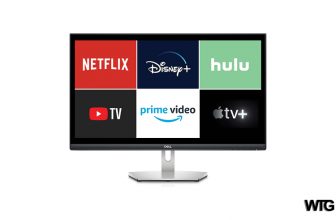
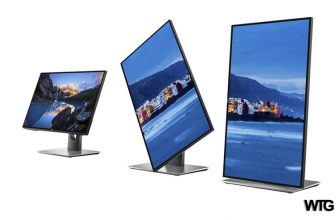
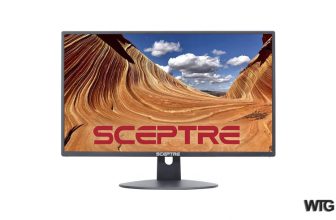

[…] Best 38 inch Monitor 2023 […]
[…] Best 38 inch Monitor 2023 […]
[…] Best 38 inch Monitor 2023 […]
[…] Best 38 inch Monitor 2023 […]
[…] Best 38 inch Monitor 2023 […]
[…] Best 38 inch Monitor 2023 […]
[…] Best 38 inch Monitor 2023 […]
[…] Best 38 inch Monitor 2023 […]
[…] Best 38 inch Monitor 2023 […]
[…] Best 38 inch Monitor 2023 […]
[…] Best 38 inch Monitor 2023 […]
[…] Best 38 inch Monitor 2023 […]
[…] Best 38 inch Monitor 2023 […]
[…] Best 38 inch Monitor 2023 […]
[…] Best 38 inch Monitor 2023 […]